12 Best Raspberry Companion Plants and 8 Plants to Avoid
Growing raspberries can be rewarding when they have the right neighbors in the garden. Some plants help raspberries stay healthy by keeping pests away or improving the soil. Others can cause problems by attracting bugs or competing for nutrients. Knowing which plants to grow nearby can make a big difference. Companion planting is a simple way to support better growth without extra work. At the same time, it is important to avoid certain plants that may harm your raspberry patch.
This post may contain affiliate links, which helps keep this content free. Please read our disclosure for more info.
Best Raspberry Companion Plants – Marigold
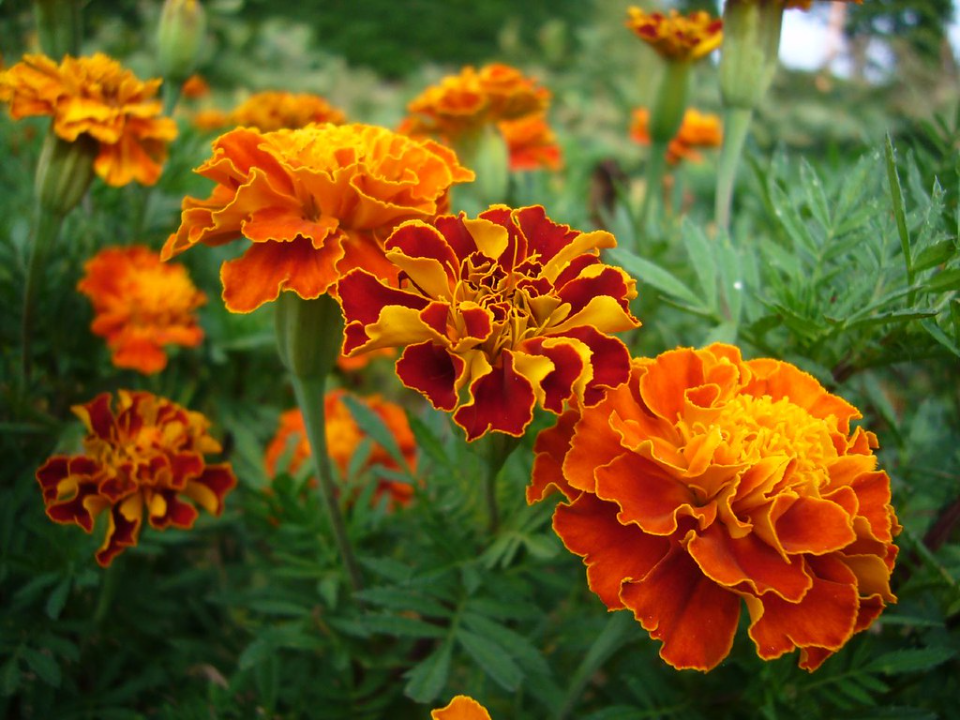
Marigolds are excellent neighbors for raspberries because they help reduce nematodes in the soil. These tiny pests can damage raspberry roots and affect plant growth. Marigolds produce a chemical through their roots that discourages these worms. They also add color to your garden and can attract helpful insects that eat other pests.
In addition to their pest-fighting ability, marigolds are low maintenance and do not compete heavily for nutrients. Their shallow roots mean they will not interfere with raspberry root systems. Planting them around the edge of a raspberry bed creates a barrier that keeps harmful insects away. They can also tolerate the same sunlight and watering schedule as raspberries.
Chives
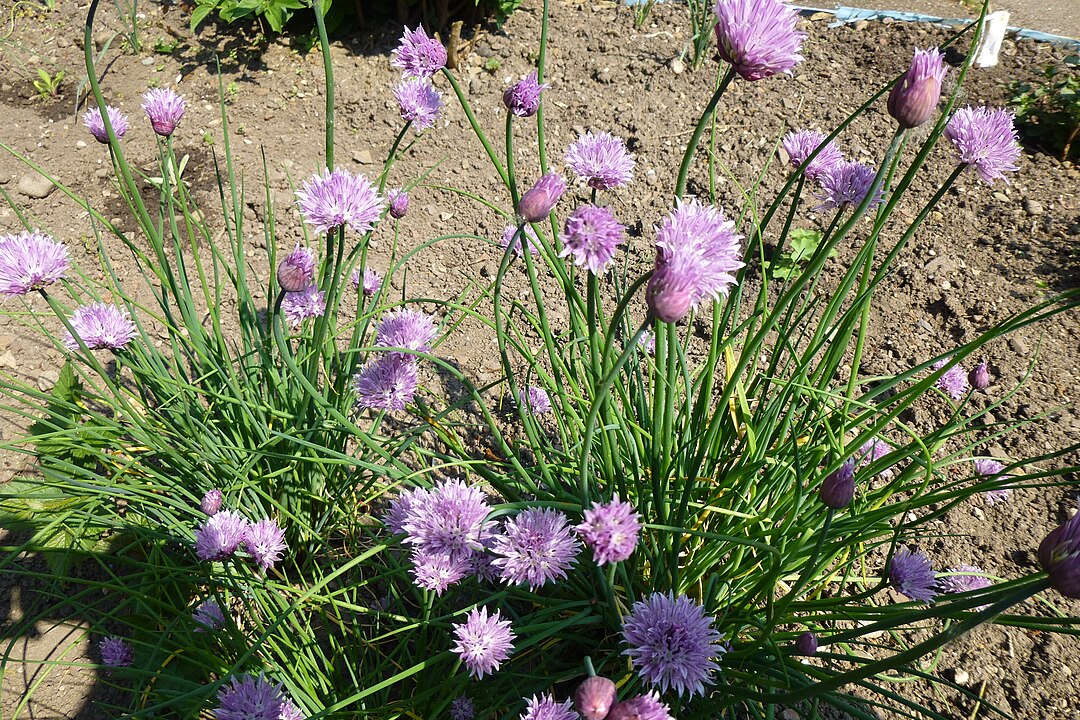
Chives can help protect raspberry plants from fungal problems and harmful insects. Their strong smell tends to keep away aphids and mites that often attack raspberries. Chives also release natural compounds into the soil that help fight mold and mildew.
They grow well in similar soil and light conditions, making them a simple addition to raspberry beds. Once established, chives require little attention and can be trimmed regularly for use in the kitchen. Their flowers draw bees which helps increase pollination in the area. This can support better fruit development for raspberries nearby.
Garlic
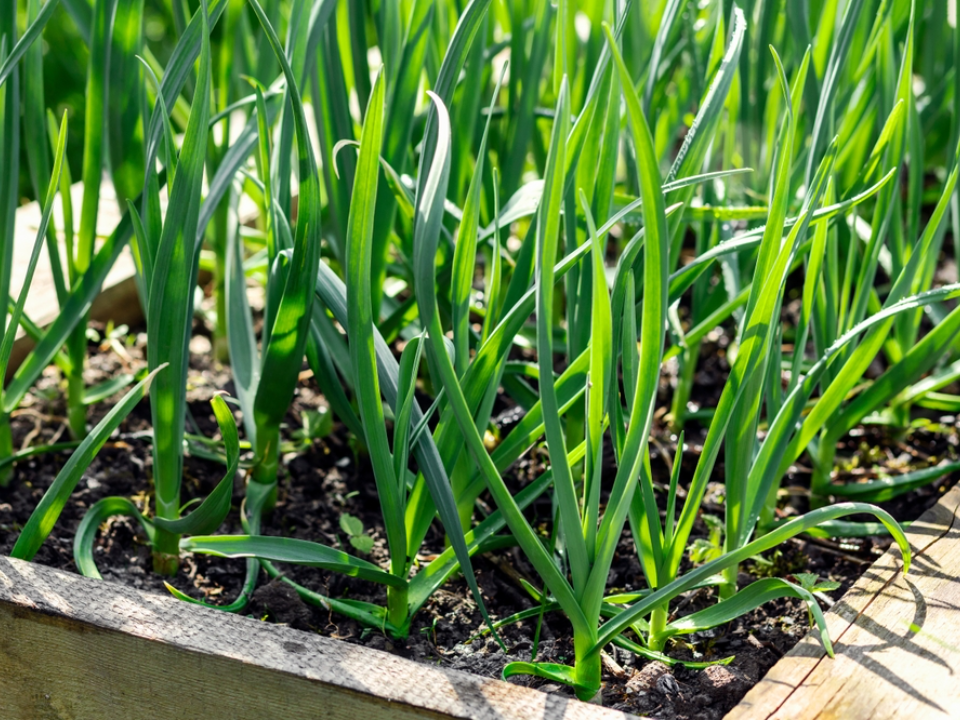
Garlic is another great companion for raspberries because it can help manage unwanted bugs. The scent and compounds released from garlic bulbs discourage pests like Japanese beetles and spider mites. These insects are known to damage raspberry leaves and fruit.
Planting garlic near raspberries does not disturb their roots, as garlic grows vertically and takes up little space. It also has antifungal properties, which may reduce the chances of soil-borne issues. Harvesting garlic does not require much digging, so it will not disturb raspberry roots. This makes garlic both practical and protective.
Onions
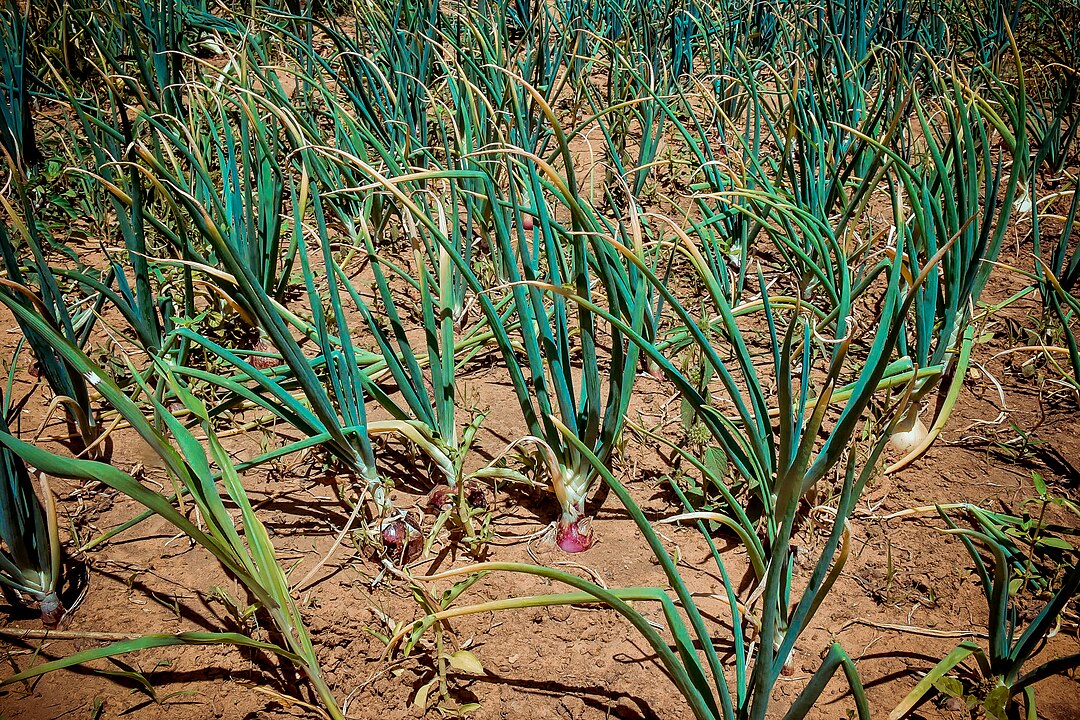
Onions release a scent that discourages several flying insects and crawling pests. These insects tend to avoid the sulfur compounds found in onion plants. Keeping onions near raspberries can lower the risk of damage from bugs without needing chemical sprays.
Onions do not grow very tall, so they do not block sunlight from reaching raspberry plants. Their root systems also grow in a way that does not compete with raspberry roots. Onions enjoy similar soil conditions and do not need much water once settled in. This makes them an easy match for raspberry beds.
Nasturtiums
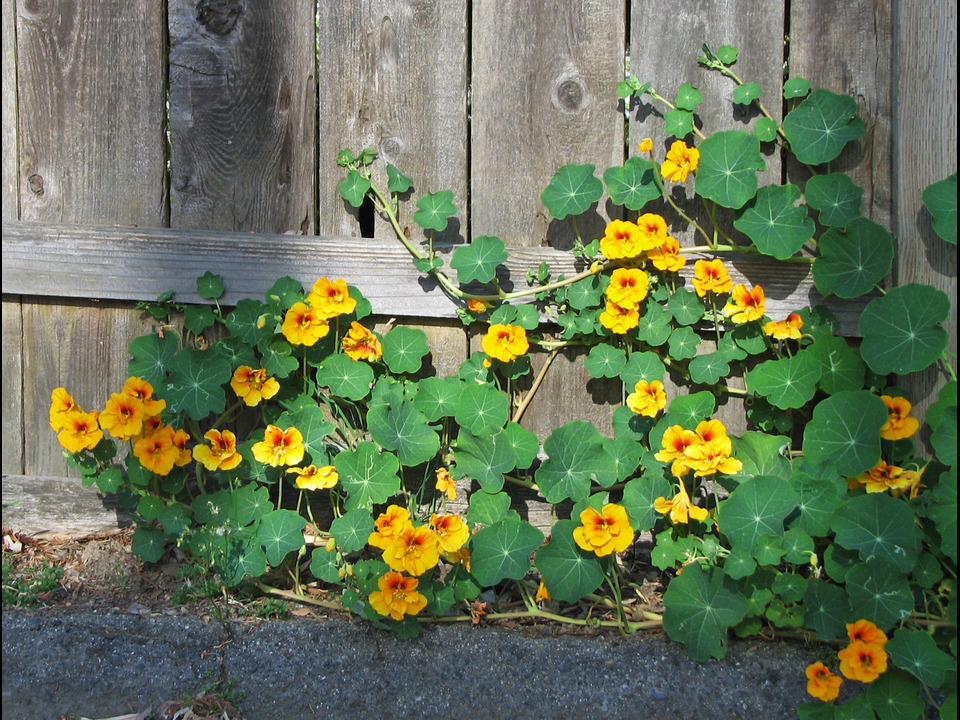
Nasturtiums attract aphids and other pests that would otherwise feed on raspberries. By acting as a trap plant, they help protect the raspberries from being damaged. These colorful flowers can also attract pollinators, which helps with fruit production.
They grow quickly and spread easily, providing ground cover that keeps weeds down. Their vines can be trimmed back if needed, making them manageable even in small spaces. Nasturtiums thrive in similar sunlight and moisture conditions as raspberries, making them a practical partner. They are especially helpful in organic gardens focused on natural pest control.
Tansy
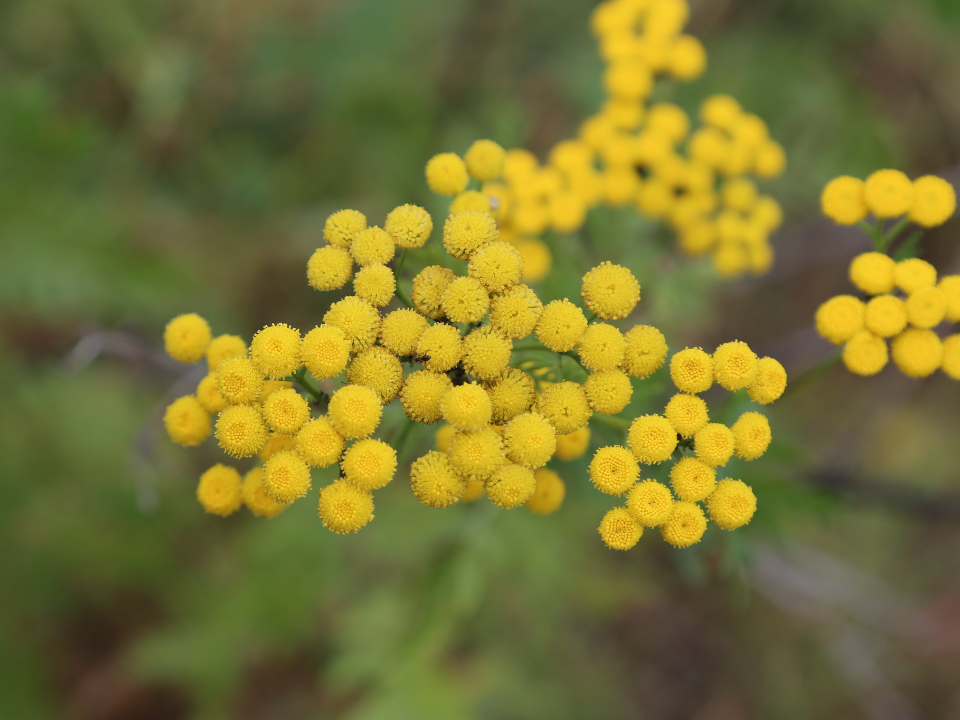
Tansy is known to keep away beetles and other pests that feed on berry plants. Its strong scent repels several insects that could harm raspberry leaves and stems. Tansy grows into a tall and bushy plant, so it should be placed on the outer edge of raspberry patches.
It is important to manage tansy carefully, as it can spread quickly if left unchecked. Planting it in a pot or controlled space near raspberries allows you to benefit from its properties without risking garden overcrowding. Tansy also draws pollinators like bees, which can help improve raspberry yields. This makes it useful as both a natural barrier and a support plant.
Borage
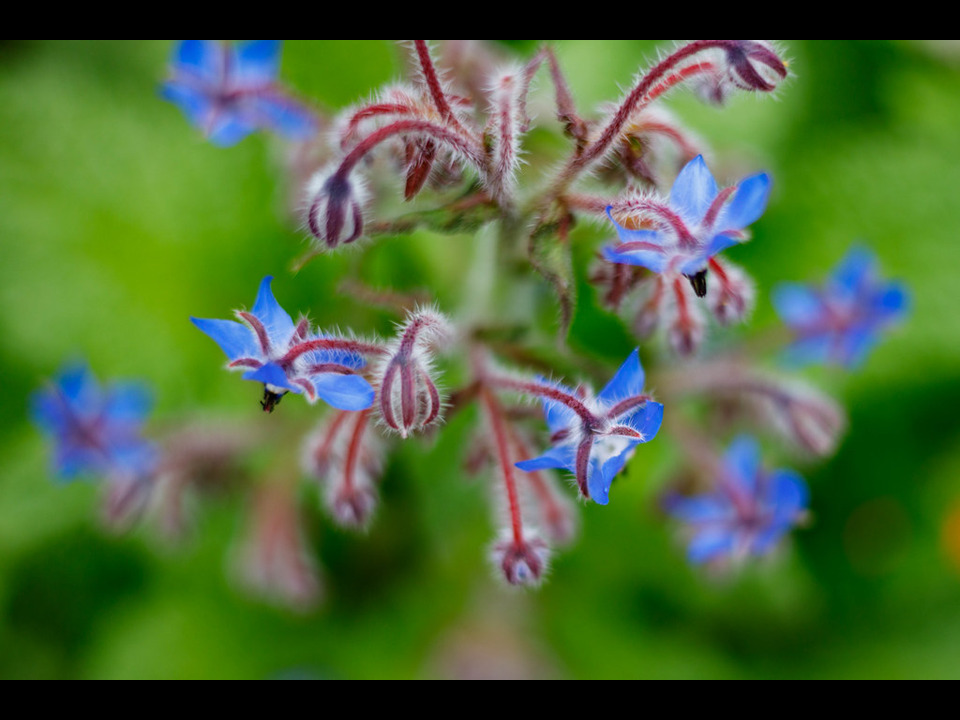
Borage is known to improve the health of nearby plants, especially fruit-bearing ones like raspberries. Its blue star-shaped flowers attract bees and other helpful insects that support pollination. Borage leaves also return nutrients to the soil when they break down, improving the growing environment for other plants.
It grows easily and reseeds itself, so it returns year after year without much work. Borage can get quite tall, so give it space near raspberry patches rather than directly in them. The flowers are edible and can be used in salads or drinks, adding to its value in the garden. Its roots do not interfere much with raspberry growth, making it a gentle and helpful neighbor.
Yarrow
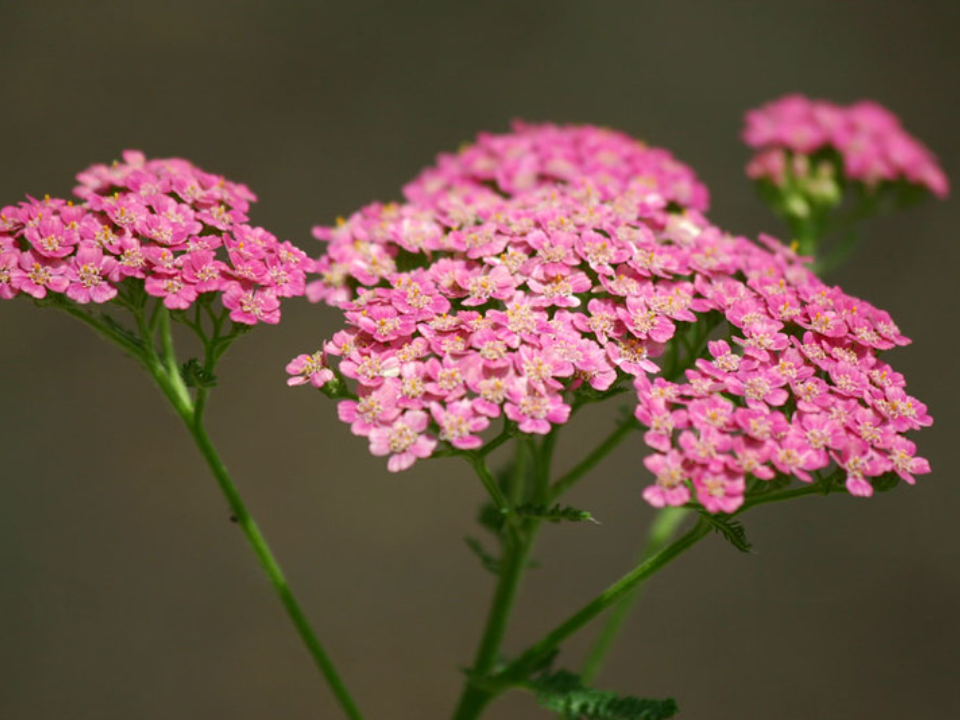
Yarrow brings in beneficial insects like ladybugs and lacewings that feed on harmful bugs. These insects are helpful in reducing pest numbers in raspberry patches. Yarrow also improves soil structure with its deep roots, which break up compacted areas and draw nutrients upward.
Its fern-like leaves and clusters of flowers are visually appealing, and it can be grown along the borders of raspberry beds. Yarrow is drought-tolerant and does not compete heavily for water or nutrients. It thrives in full sun and grows well in poor soil, which matches raspberry needs closely. This makes it a good match for any low-maintenance garden.
Thyme
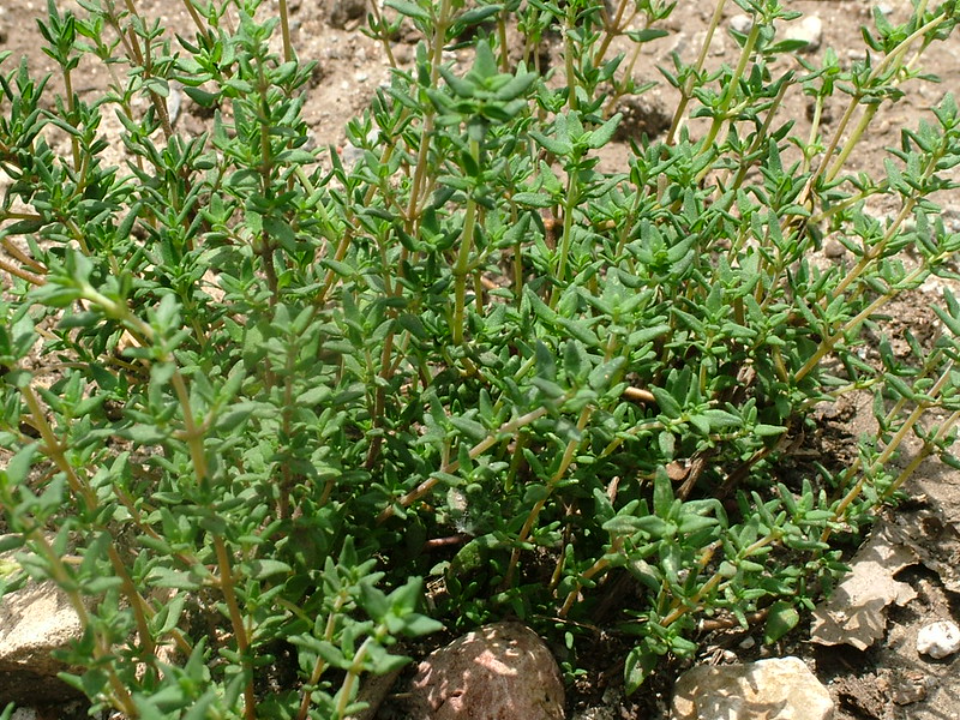
Thyme helps reduce fungal problems around raspberries due to its natural oils. These oils discourage mold and mildew that can harm raspberry canes. Thyme grows low to the ground, which helps keep weeds down without shading out your berry plants.
It thrives in the same type of soil and prefers well-drained beds like raspberries do. Once established, thyme is hardy and requires little water. Its tiny flowers also attract pollinators. This herb is easy to harvest and adds value to both the kitchen and the garden.
Chamomile
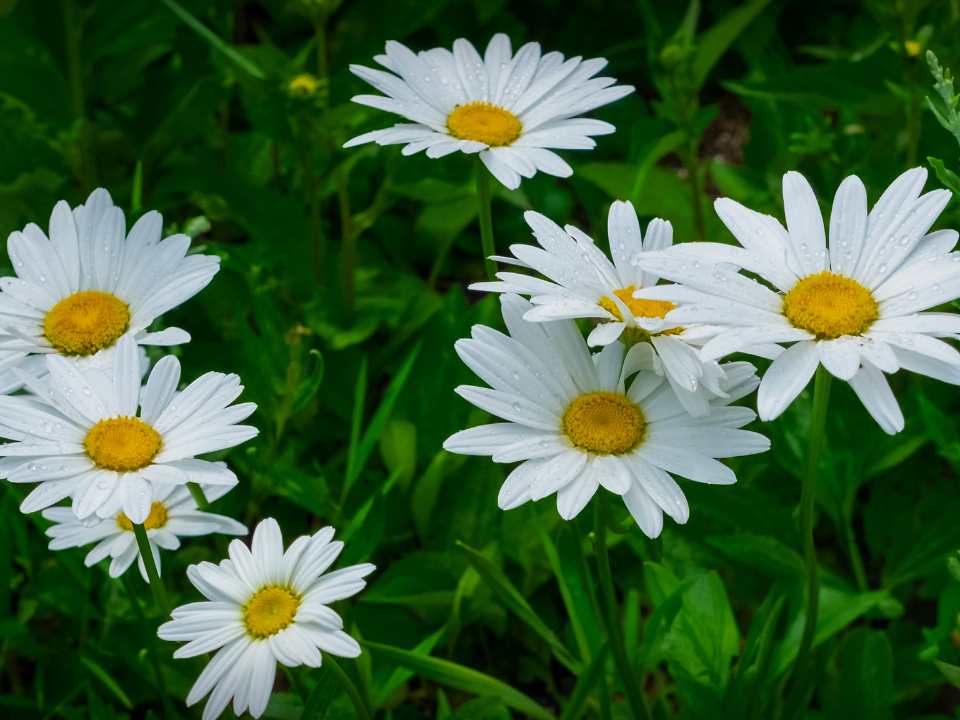
Chamomile is believed to improve the health of nearby plants and prevent fungal growth. It attracts helpful insects like hoverflies and ladybugs that reduce pest populations. Chamomile also draws bees, which improves pollination and helps fruit set on raspberries.
Its roots do not grow very deep, so they stay out of the way of raspberry roots. Chamomile prefers similar sun and soil conditions and can be grown from seed without much effort. Its flowers can be dried for tea, offering an extra benefit. This calming herb is a peaceful addition to the berry patch.
Clover
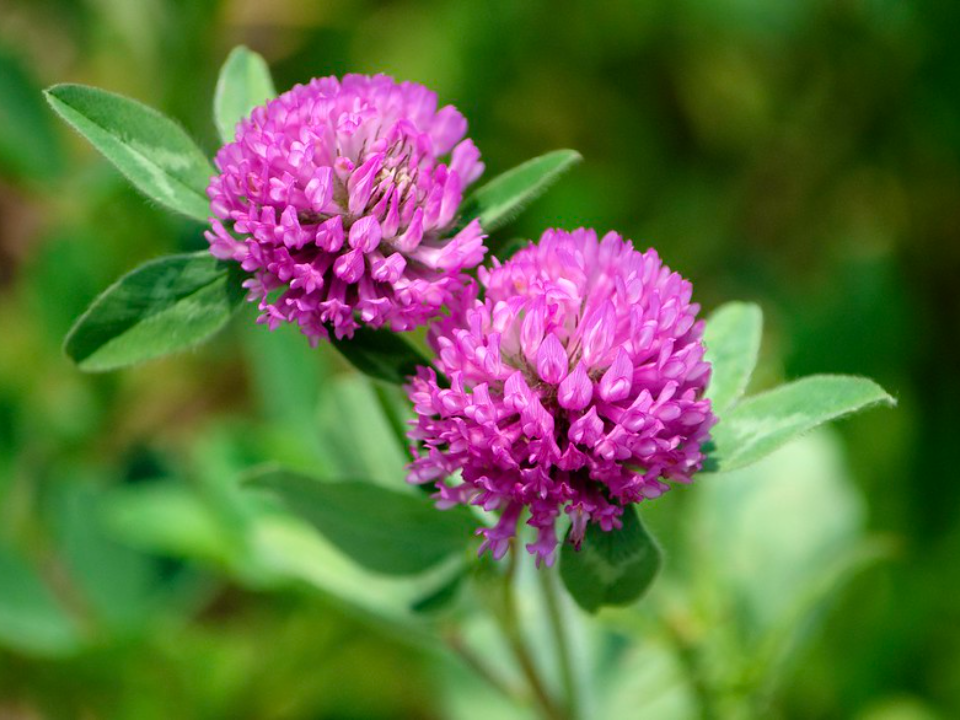
Clover is often planted as a living mulch to protect the soil and support nearby plants. It helps fix nitrogen in the soil, which benefits raspberries by improving their growth over time. Clover also prevents weeds from taking over and keeps the ground cool during hot months.
Its flowers bring in pollinators, which can help increase raspberry yield. Clover grows low and spreads out, so it does not compete for light. It handles foot traffic well, making it a good choice for paths near raspberry beds. This plant also reduces erosion, helping keep soil in place around berry plants.
Spinach
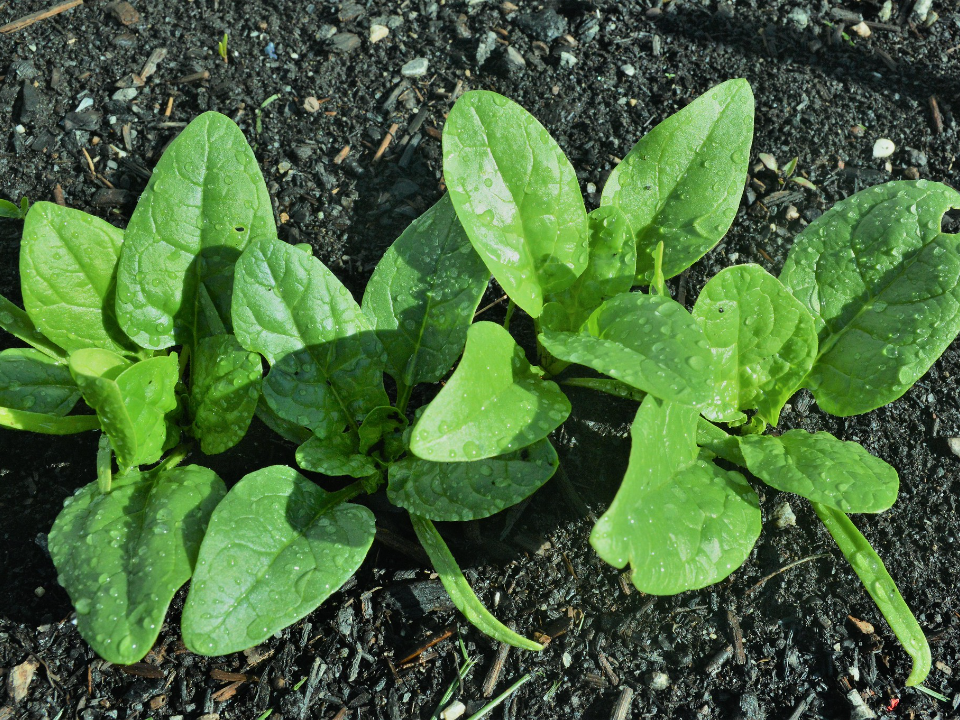
Spinach is another leafy green that fits well in raspberry patches. Like lettuce, it has a short growth period and does not need deep soil. Spinach helps cover bare soil and reduce weed pressure, which can give raspberry plants more room to thrive.
It prefers the same type of well-drained soil and partial sun, especially in warmer climates. You can plant spinach in early spring or fall when raspberry plants are not as active. This timing prevents crowding and allows both crops to share space without stress. Spinach adds nutrition to your harvest while improving your garden’s layout.
Plants to Avoid Near Raspberries – Potatoes
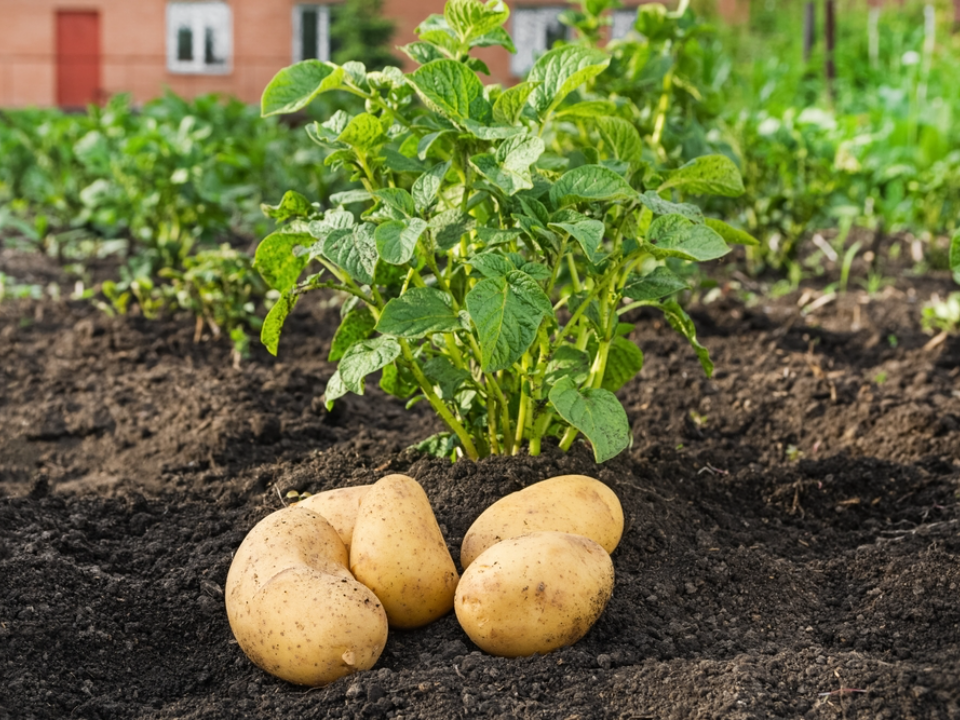
Potatoes can carry diseases that affect raspberry plants, especially fungal infections that spread through the soil. Both crops are prone to similar problems and having them together increases the risk of disease. Potatoes also compete heavily for nutrients and can reduce the productivity of raspberries.
Their dense underground growth can disturb raspberry roots. Digging up potatoes near raspberry canes may also harm the raspberry plants by accident. It is best to keep these two crops far apart in the garden. Avoiding this pairing can help keep both crops healthy.
Tomatoes
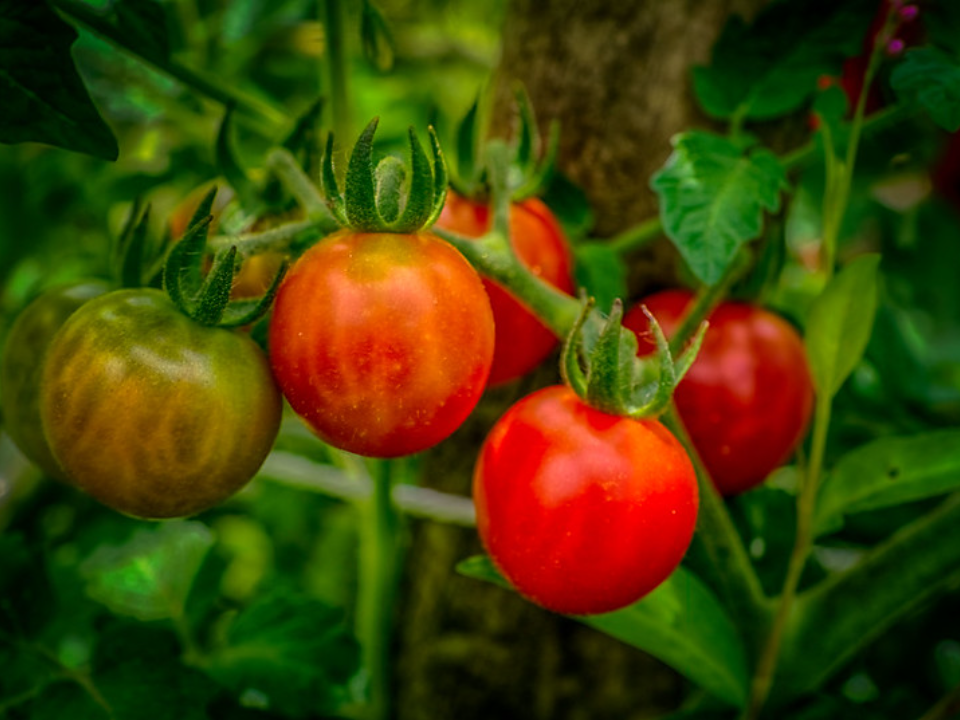
Tomatoes and raspberries are not a good match because they both attract similar pests. Tomato hornworms, whiteflies, and other insects can spread quickly between the two. These pests can weaken raspberry plants and reduce fruit quality.
Tomatoes also require more nutrients and water than raspberries, which can lead to competition in shared beds. They prefer different soil pH levels and spacing needs. Keeping tomatoes in a separate section of your garden will reduce problems. This separation leads to stronger plants overall.
Eggplants
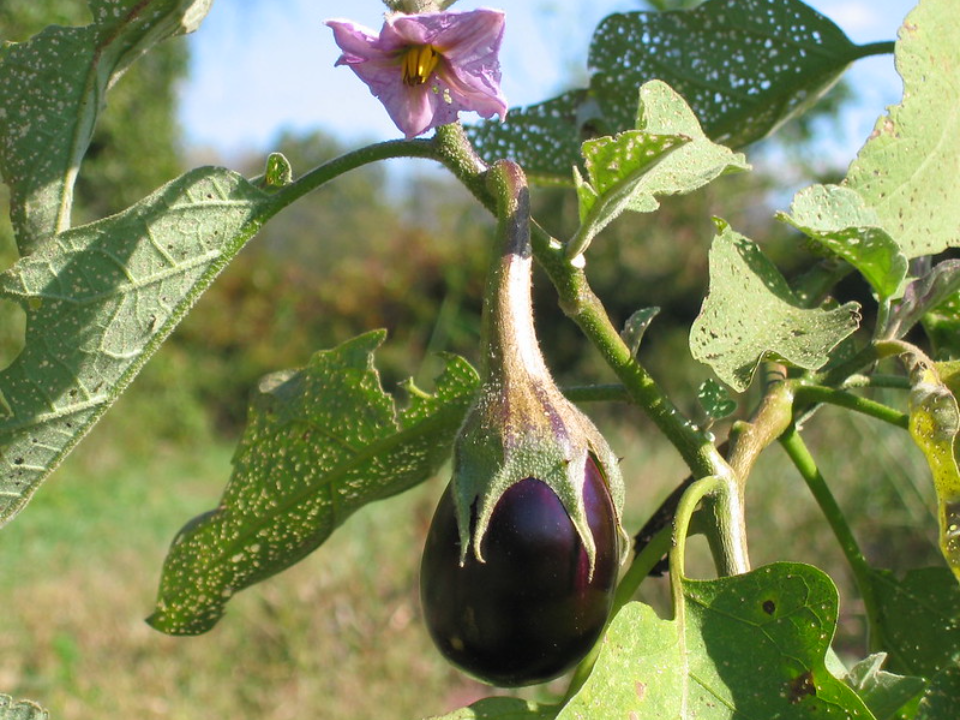
Eggplants are part of the same plant family as tomatoes and potatoes. They carry many of the same diseases and attract similar pests. Placing them near raspberries increases the chance of both being affected.
They also need rich soil and full sun, often more than raspberries do. Eggplants have wide leaves that can shade nearby plants, which can limit raspberry growth. For these reasons, it is better to keep them away from your raspberry bed. Choose another area to help each plant stay strong.
Peppers
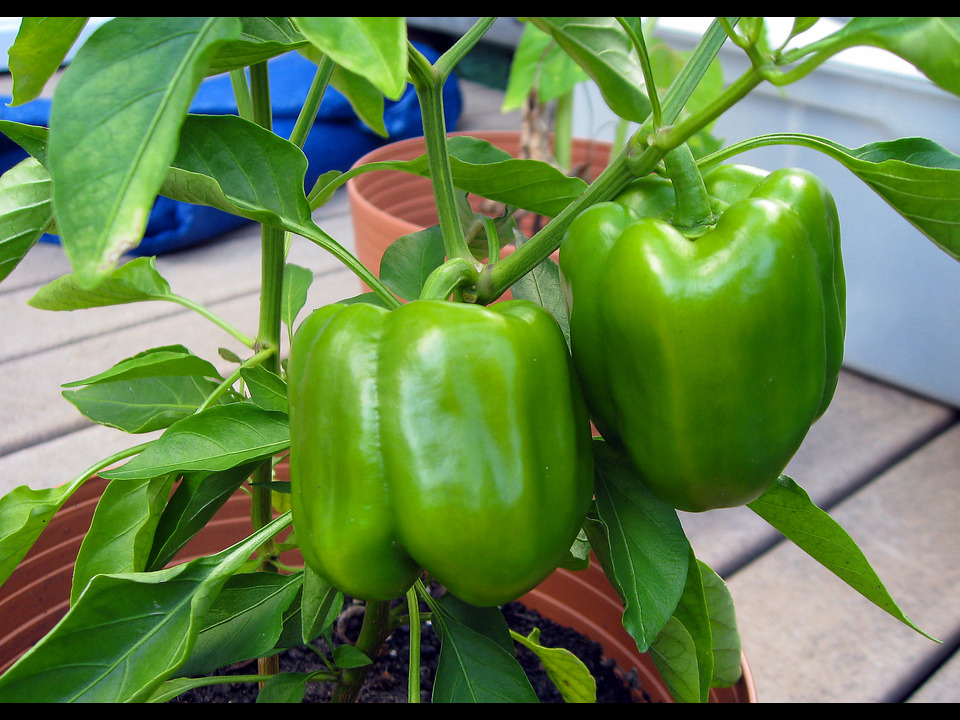
Peppers should be kept away from raspberries because they are prone to similar fungal infections. These include diseases that can spread through soil or splash from one plant to another during rain or watering. Peppers also draw in aphids and spider mites, which are harmful to raspberry canes.
In addition, peppers need a lot of sun and water, which may create stress for raspberries if grown nearby. Their growth habits can lead to overcrowding in shared beds. For best results, give each plant its own space with plenty of airflow. This helps prevent disease and keeps both plants healthier.
Fennel
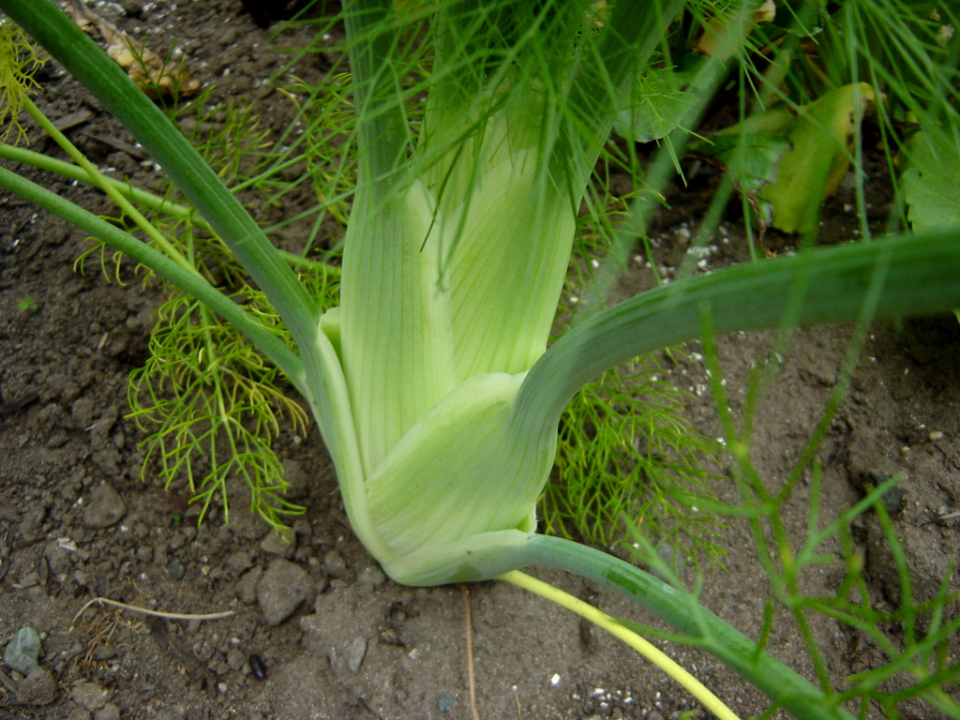
Fennel releases chemicals through its roots that slow down the growth of nearby plants. This includes raspberries, which may struggle to grow well next to it. Fennel tends to dominate the area around it, making it a poor neighbor in most mixed garden beds.
Even though fennel attracts pollinators, its strong root system and allelopathic nature can harm other crops. It is best to plant it in its own space, far from fruits and vegetables. If you enjoy growing fennel, consider placing it in a separate corner of the garden. This keeps your raspberries safe and growing strong.
Mint
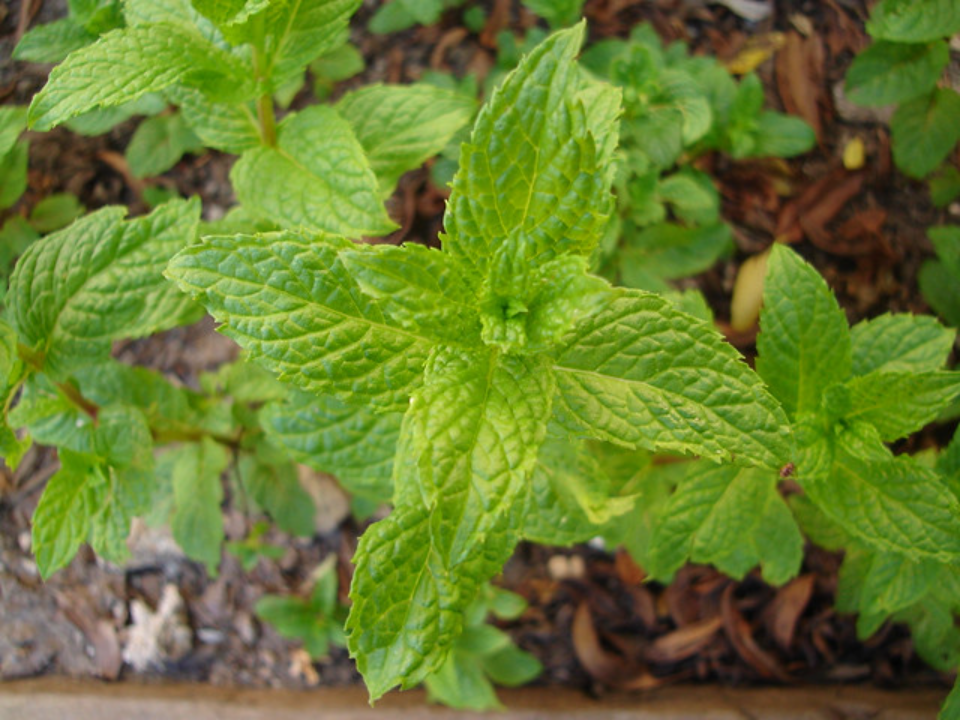
Mint is fast-growing and can quickly take over a garden bed. Its roots spread aggressively and may crowd out raspberry roots, leading to reduced growth. Mint also attracts a few pests that are harmful to berry plants.
While mint does have a strong scent that can confuse insects, it needs to be kept in a pot or container to stay under control. If planted directly in the ground near raspberries, it can become a problem. Use caution if including mint in your berry garden. Proper spacing and containment are key.
Lemon Balm
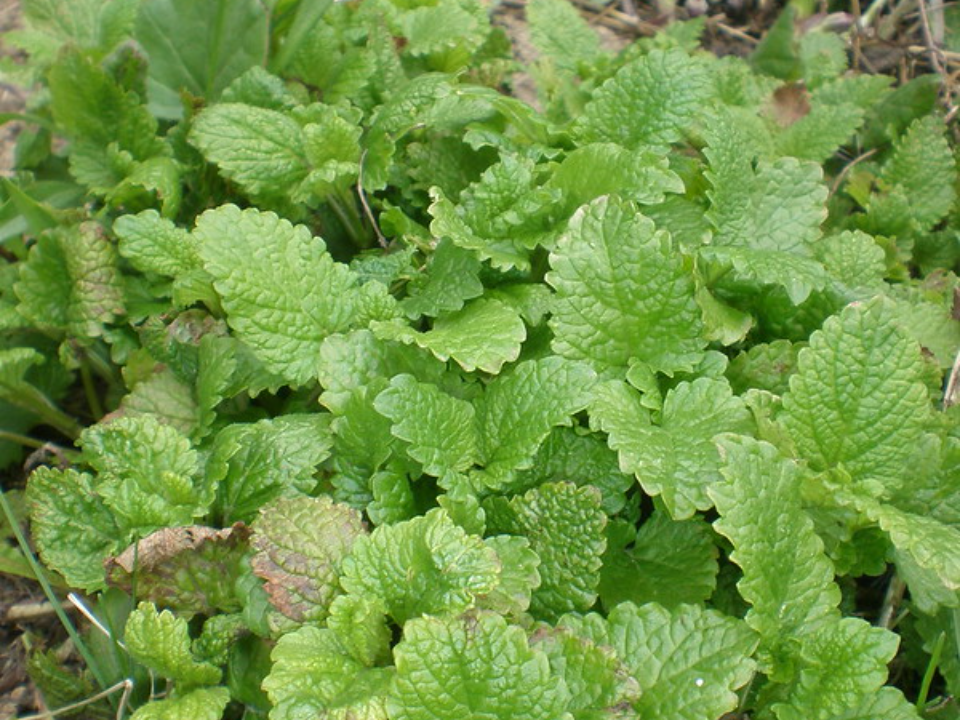
Lemon balm is a helpful herb that belongs to the mint family but grows in a more controlled way. Its citrus scent helps deter mosquitoes and gnats that may hover around berry plants. Lemon balm attracts pollinators and grows well in full sun or partial shade.
This herb does best when planted at the edge of a raspberry bed or in containers nearby. It enjoys the same kind of soil and does not have deep roots that will interfere. You can also use its leaves for tea or calming sprays. Lemon balm is gentle and supportive in most garden settings.
Bee Balm (Monarda)
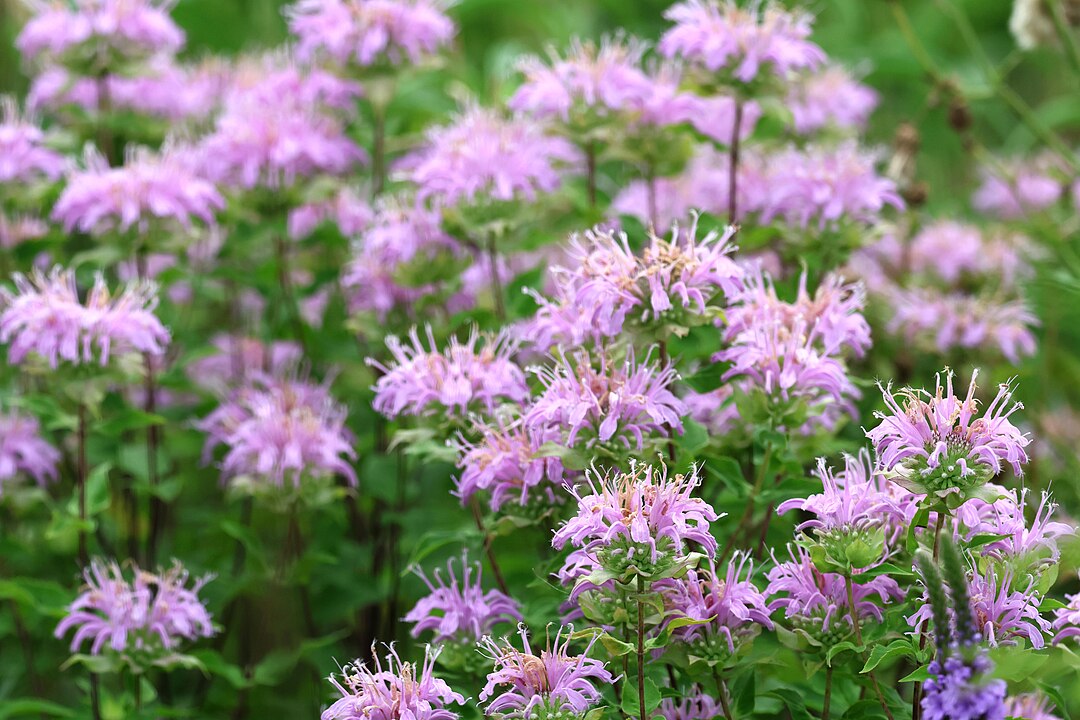
Bee balm is a flowering herb that attracts bees, butterflies, and hummingbirds. This can help improve pollination for raspberries during the fruiting season. Bee balm is native to many regions and does well in similar growing conditions as berries.
It produces colorful flowers in red, pink, or purple and spreads slowly over time. You can divide it every couple of years to keep it under control. Bee balm also has mild pest-repelling qualities that may help protect nearby plants. It is both decorative and practical near a raspberry patch.
This article originally appeared on Avocadu.
